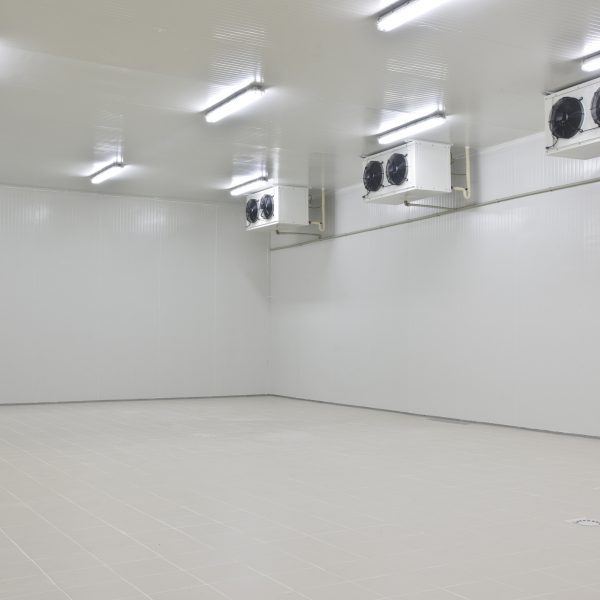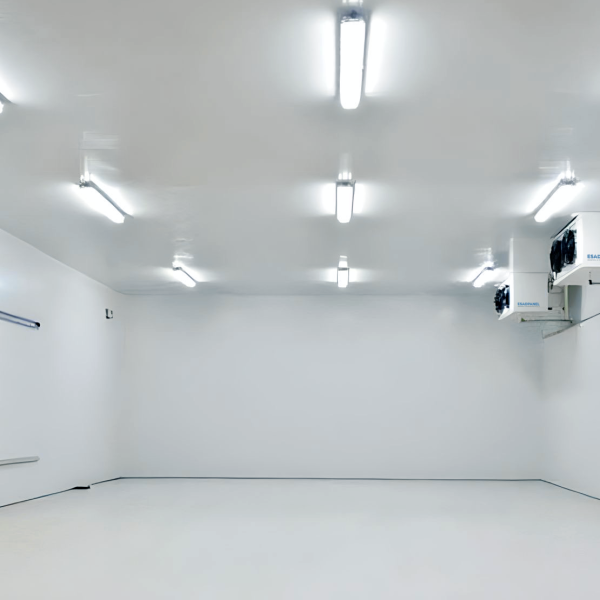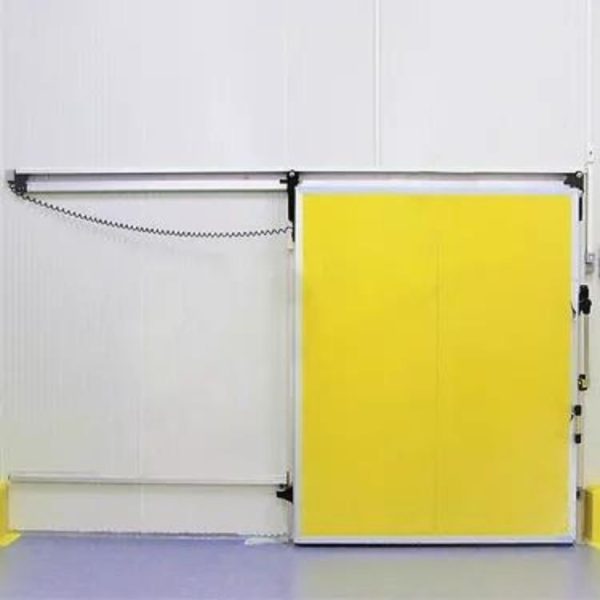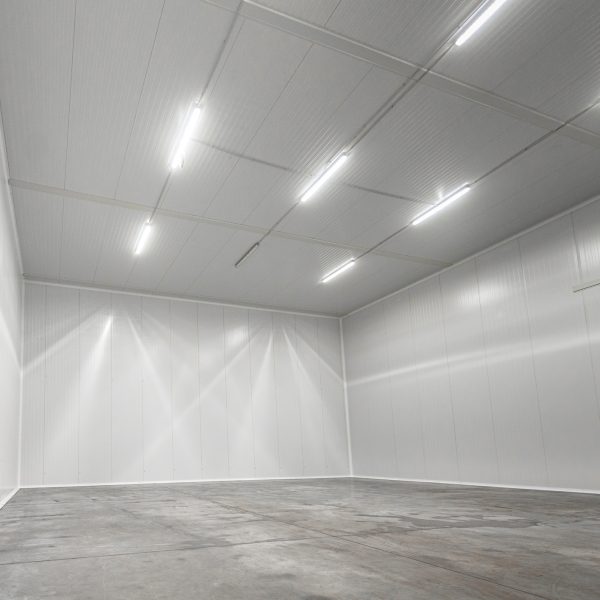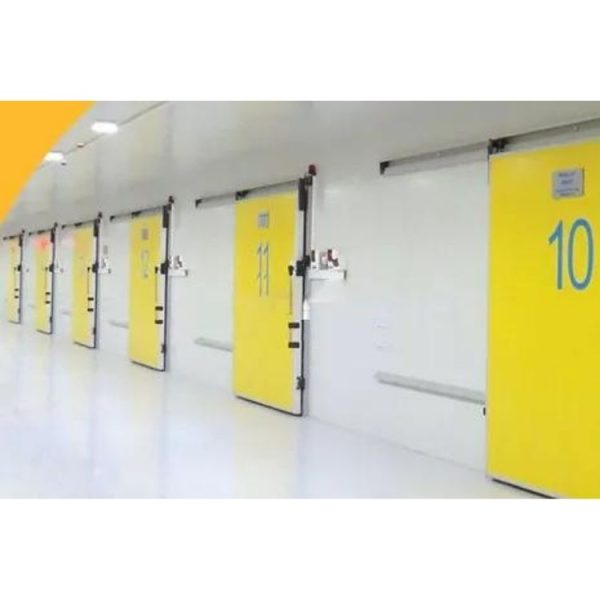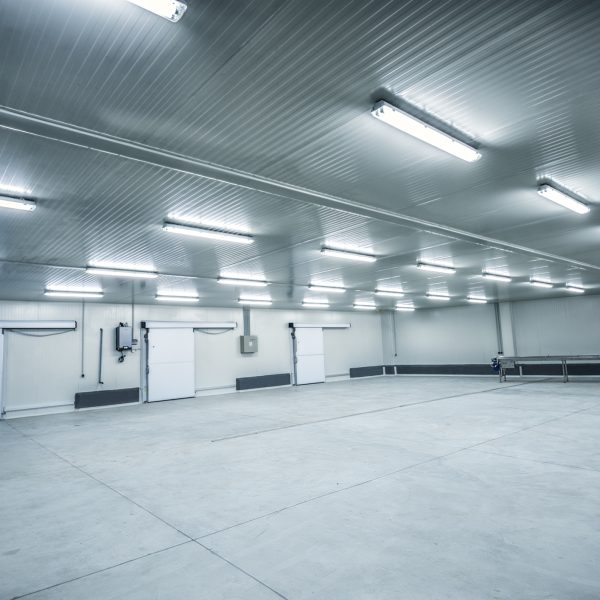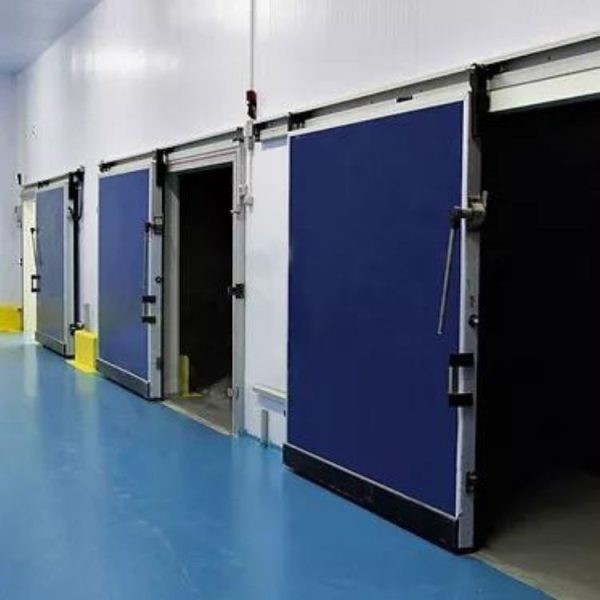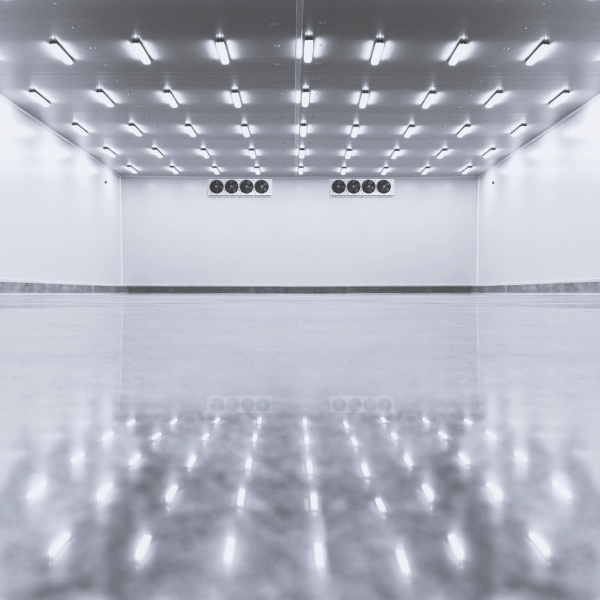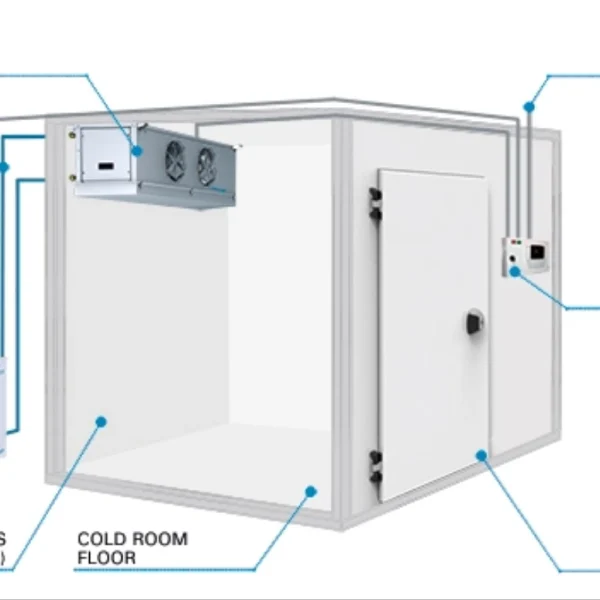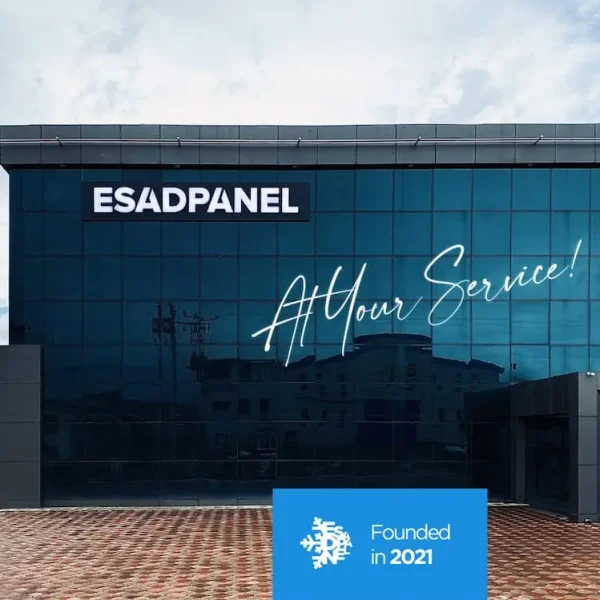Cold Room Types
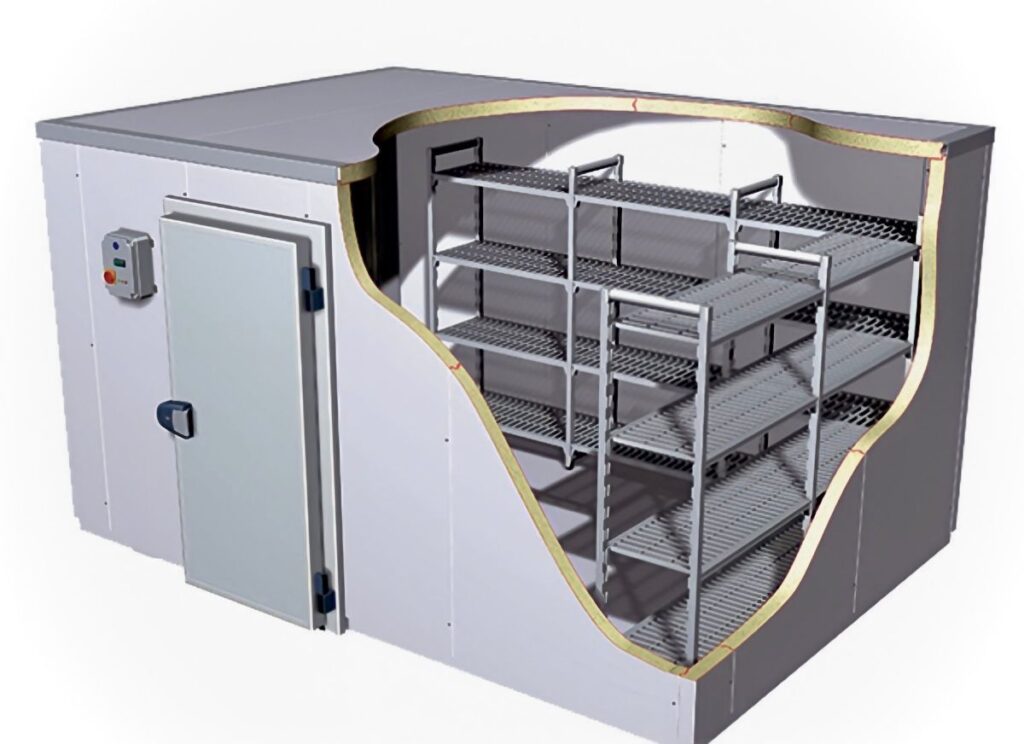
COLD ROOM TYPES
There are several types of cold rooms designed for specific purposes, including many variations. Here is an article guide for you!
Cooler Positive Cold Rooms
Walk-in cold rooms are large, refrigerated storage spaces designed to store perishable goods in bulk. They are commonly used in various industries, such as restaurants, hotels, supermarkets, food processing facilities, and pharmaceutical companies, to preserve and manage large quantities of temperature-sensitive items. People also call them as plus room, plus cold room, or just as cold storage.
Key features and aspects of walk-in cold rooms:
1. Size and Customization: Walk-in cold rooms are much larger than standard refrigerators, ranging from small compartments to large rooms. They can be customized to fit specific space requirements and can have various configurations, such as single-door, double-door, or even multiple access points.
2. Temperature Control: Walk-in cold rooms provide precise temperature control, allowing the user to set and maintain the desired temperature based on the type of items being stored. They typically have a wide range of temperature options, suitable for chilling or freezing different products. Temperature of the rooms are usually between +5°C to -5°C degrees. Ambient coolings are more than these such as +15°C.
3. Insulation: These cold rooms are well-insulated to prevent heat infiltration from the external environment. They have thick walls, insulated flooring, and insulated doors, which help maintain a stable internal temperature and reduce energy consumption. Thickness of panels are changing by 50 to 100mm but 80mm is the most famous one.
4. Shelving and Storage: Walk-in cold rooms often have adjustable shelving or racks to organize and store various products efficiently. The shelving can be tailored to accommodate different sizes and types of items.
5. Compressor and Refrigeration System: The cold rooms are equipped with a powerful compressor and refrigeration system responsible for cooling the space. The system may use either air-cooled or water-cooled condensers, depending on the specific design. Most famous brands are Dorin, Bitzer and Tecumseh in the fields.
6. Hygiene and Safety: Proper hygiene and sanitation are essential in walk-in cold rooms to ensure food safety. Regular cleaning and maintenance are necessary to prevent the growth of bacteria and mold.
7. Monitoring and Alarms: Many modern walk-in cold rooms are equipped with temperature monitoring systems and alarms. These systems notify users if the temperature deviates from the set range, allowing quick intervention to prevent spoilage or product loss.
Walk-in cold rooms offer significant advantages in terms of convenience, storage capacity, and efficient temperature control. They play a crucial role in various industries by extending the shelf life of perishable items, reducing food waste, and maintaining product quality and safety.
Freezer Negative Cold Rooms
Freezer rooms are specialized cold storage spaces designed to maintain extremely low temperatures, typically below freezing point, for the frozen storage of various goods. These rooms are commonly used in commercial and industrial settings to store frozen foods, ice cream, perishable items, and other temperature-sensitive products. People also call them as refrigeator room, minus cold room or just freezer rooms.
Key features and aspects of freezer rooms:
1. Temperature Range: Freezer rooms are designed to maintain temperatures well below 0°C (32°F), typically ranging from -18°C to -25°C (-0.4°F to -13°F) or even lower. The low temperature helps preserve the quality and integrity of frozen products over an extended period.
2. Insulation: Similar to walk-in cold rooms, freezer rooms are constructed with thick, well-insulated walls, floors, and ceilings. The insulation helps to prevent heat transfer and maintain a stable internal temperature. Thickness of panels changing by 100mm to 150mm.
3. Refrigeration System: Freezer rooms utilize a powerful refrigeration system with a robust compressor and evaporator to generate and maintain the required low temperature. This system ensures proper air circulation and even cooling throughout the storage space. Most famous brands are Dorin, Bitzer and Tecumseh in the fields.
4. Shelving and Storage: Freezer rooms are often equipped with durable, sturdy shelving to organize and store frozen products efficiently. The shelving can be adjusted to accommodate different sizes and types of items.
5. Energy Efficiency: Maintaining such low temperatures requires significant energy consumption. To improve energy efficiency, modern freezer rooms may incorporate advanced insulation materials and energy-saving technologies.
6. Frost Management: Ice buildup (frost) is a common issue in freezer rooms. Some freezers have automatic defrost systems to prevent excessive frost buildup, ensuring optimal cooling efficiency. We’re giving fan defrost system in every device of us for guaranteed working conditions.
7. Safety Features: Freezer rooms may have safety features such as emergency alarms, temperature monitoring systems, and backup power sources to protect the stored products and alert users in case of temperature deviations or power outages.
8. Applications: Freezer rooms are widely used in various industries, including food storage and distribution, supermarkets, restaurants, bakeries, and pharmaceutical companies. They provide an essential solution for storing large quantities of frozen goods and maintaining product quality over an extended period.
Freezer rooms play a vital role in the preservation of frozen products and help businesses manage their inventory efficiently. Proper maintenance and temperature control are crucial to ensure the longevity and quality of the items stored within these specialized cold storage spaces.
Blast Chillers Freezers
A blast chiller or blast freezer is a type of cold room designed to rapidly and efficiently lower the temperature of hot or cooked food to a safe storage temperature. The main purpose of a blast chiller is to prevent bacterial growth and preserve the quality of the food.
How it works:
1. Rapid Cooling: Blast chillers use powerful fans and refrigeration systems to circulate cold air around the food, reducing its temperature quickly. This process is much faster than traditional cooling methods, such as placing the food in a regular refrigerator. Compressors are provides -40° degrees in the cold storage.
2. Food Safety: By rapidly lowering the temperature, the blast chiller minimizes the time that food spends in the “danger zone” (typically between 40°F and 140°F or 4°C and 60°C) where bacteria multiply rapidly. This helps prevent foodborne illnesses and ensures food remains safe to eat.
3. Quality Preservation: The quick cooling process also helps retain the food’s texture, taste, and nutritional value, as it reduces the formation of ice crystals and prevents the food from becoming overcooked.
Applications:
Blast chillers are commonly used in commercial kitchens, restaurants, catering businesses, and food manufacturing facilities. They are ideal for cooling large quantities of hot food quickly, especially after cooking, before storing it in walk-in freezers or refrigerators. Especially so famous in the seafoods/marine markets. They also use IQF Freezer Tunnel systems too.
By using blast chillers, businesses can adhere to food safety regulations, reduce food waste, and maintain the highest quality of their products.
Pharmaceutical Cold Rooms
Pharmaceutical cold rooms are specialized cold storage facilities designed to store medications, vaccines, and other temperature-sensitive pharmaceutical products at controlled temperatures. These rooms play a critical role in the pharmaceutical industry by ensuring the integrity and efficacy of medications and vaccines throughout their shelf life.
Key features and aspects of pharmaceutical cold rooms:
1. Temperature Control: Pharmaceutical cold rooms provide precise temperature control to maintain a stable and consistent temperature range. Different pharmaceutical products may require specific temperature conditions, and these rooms can accommodate a wide range of temperatures, from refrigeration to ultra-low temperatures for storing vaccines.
2. Compliance with Regulations: Pharmaceutical cold rooms must adhere to strict regulatory standards, such as Good Manufacturing Practices (GMP) and Good Distribution Practices (GDP). These regulations ensure that pharmaceutical products are stored in optimal conditions, protecting their potency and safety.
3. Validation and Monitoring: Pharmaceutical cold rooms are equipped with sophisticated temperature monitoring and validation systems. These systems continuously track and record the temperature to ensure compliance with storage requirements. Alarms and alerts are set up to notify personnel in case of temperature deviations.
4. Security and Access Control: Access to pharmaceutical cold rooms is typically restricted to authorized personnel only. Security measures, such as access control systems and surveillance cameras, are in place to prevent unauthorized access and ensure the integrity of the stored products.
5. Backup Power Supply: To maintain a stable temperature even during power outages, pharmaceutical cold rooms often have backup power supplies. This ensures that critical products remain within their specified temperature range, preventing spoilage or loss.
6. Hygiene and Cleanliness: Strict hygiene practices are essential in pharmaceutical cold rooms to prevent contamination of the stored products. Regular cleaning and maintenance help maintain a sterile and controlled environment. Surface of the panels are mostly preffered by PVC coated galvanized iron sheets.
7. Validation and Qualification: Before being put into use, pharmaceutical cold rooms undergo validation and qualification processes to ensure they meet the required standards and are capable of maintaining the desired temperature range.
8. Rapid Cooling and Defrosting: Some pharmaceutical cold rooms may include rapid cooling and defrosting capabilities, allowing for quick temperature adjustments when needed.
Pharmaceutical cold rooms are crucial in maintaining the stability and effectiveness of drugs and vaccines. They help pharmaceutical companies, hospitals, and medical institutions ensure that their products remain potent and safe for use, contributing to public health and patient safety. Properly managed cold rooms are essential for preserving the efficacy of life-saving medications and facilitating global health efforts.
Fill the Form!
Write your needs and fill the form to contact us. Then get your cold room!





